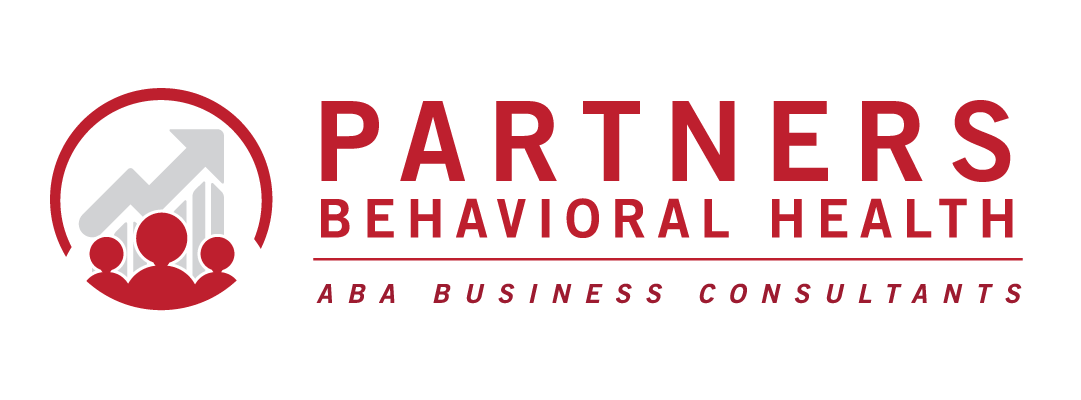What are KPIs and why do you need them?
Key performance indicators (KPIs) are metrics by which you measure your company’s performance. You already take data on client’s performance – progress in treatment, or perhaps your employee’s performance. Looking at your company’s performance serves several purposes. In most cases, your KPIs can drive your company’s strategic plan.
The most popular metrics that companies across various industries look at can be categorized into four main categories – operations, clinical, financial, and stakeholder satisfaction. As you read through, you will notice several indicators overlap, and they should! All areas of your business should be interwoven and complement or support other areas of your business.
Smaller businesses may want to start with just a few, knowing as the business scales up, your KPIs will too. The following are some examples of KPIs for an ABA company.
Examples of clinical metrics:
- Patient feedback surveys
- Family feedback surveys
- Are your patients making progress on their treatment goals?
- Percentage of objectives with interobserver agreement (IOA)
- Percent of students for which IOA data are collected
- Percentage of objectives with procedural integrity
- Percent of student objectives which are met or exceeded
- Percentage of objectives showing experimental control in the assessment or treatment process
- Rates of cancellation by client as well as by staff
- Are your clients’ families or other caregivers engaged in the treatment process?
- Do you have the right ratio of direct to supervision hours?
- Decrease critical incidents
- Client onboarding timeline
- Client self audits (program and billing) with 100%
- Clients self audits completed
- BCBA checklists completed
- BCBA checklists passed
- BT checklists
- Checklists for each position
- Percent cases with interdisciplinary efforts
Examples of operational metrics:
- Claims, Latency between claim submission and payment received (processing time)
- How many accounts are 30, 60, or 90 days past due?
- Intake timeline
- Percent sessions scheduled from available
- Percent performed from scheduled
- Utilization – are you utilizing all authorized units or fulfilling all contracted hours (are you leaving money on the table)?
- Rate of denial
- Rate of appeal success
- Is your documentation inclusive of all required indicators per payer guidelines (can you justify the medical necessity of your service if you bill insurance companies)?
- Average caseload for behavior analysts
- Training and professional development
- Community partnerships
- Are you conducting internal self-audits?
- Recruitment and retention measures – how many technicians are your behavior analysts supervising? What is your average caseload for behavior analysts?
- Training compliance and professional development?
- Do you have community partnerships? If so, how engaging is that relationship?
Examples of financial and growth metrics:
- Revenue
- Profit
- Increase clients served
- States served
- Increase in authorized hours and auth per client
- Increase in percent used of authorized – utilization. Service authorizations fulfilled. Utilization.
- Number of service hours
- Increase in funding sources served
- Increase in types of funding sources insurance, state waiver, schools, federal programs, other?
- Cash in bank
HR objectives
- Payroll completed with 100 percent accuracy
- Turnover/retention
- Recruiting, Hiring and training timeline bts and bcbas
- Employee satisfaction survey
- Employee performance
- Productivity/efficiency
- Cancellations (staff and clients)
- Recruitment costs
- Interviews per month
- Hires per month
- Recruiting
- Retention/turnover
Other KPIs to consider (please fit in where appropriate)
- Rev cycle management objectives
- Response time to new clients
- Time to initiate services from initial request
- Financials/books upkept monthly.
- Expand product/service lines
- Expand to new markets
If you have any questions or are looking for support contact info@partnersaba.com.




